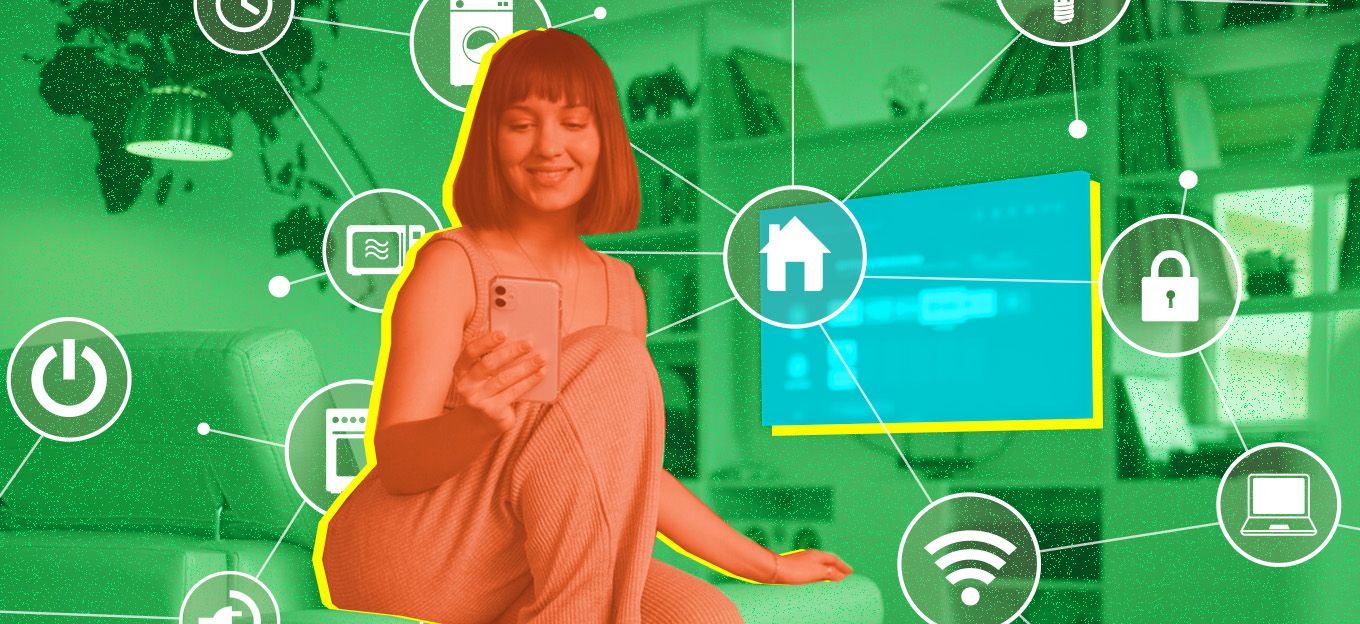The Role of IoT in Monitoring Indoor Air Quality
The Role of IoT in Monitoring Indoor Air Quality
- Last Updated: December 2, 2024
Guest Writer
- Last Updated: December 2, 2024



As reopening from COVID-19 pandemic closures continues across the U.S., health and safety will both remain a priority for building operators, owners, and others tasked with ensuring that those visiting their spaces are safe while doing so. One key component of that safety is indoor air quality monitoring. According to the Environmental Protection Agency, Americans spend approximately 90 percent of their time indoors on average, and indoor concentrations of some pollutants have increased in recent decades due to factors including energy-efficient building construction and increased use of synthetic materials.
We are at risk from many types of pollutants indoors, including chemicals and germs in our spaces. Indoor concentrations of some pollutants can be two to five times higher than typically seen outdoors, and people who are often most at risk of the adverse effects of pollution — very young children, older adults, and people with cardiovascular or respiratory disease — tend to spend even more time indoors than the average American. While CO2 levels have long been a concern, COVID-19 put a spotlight on the importance of proper ventilation and clean air indoors as spaces ranging from offices, manufacturing facilities, colleges, K-12 schools, and shopping centers have welcomed employees and patrons back into their spaces.
COVID-19 put focus on the importance of proper ventilation and clean air indoors as spaces including offices, colleges, K-12 schools, and shopping centers have welcomed people back into their spaces.
Because of this, it’s critical for organizations of all types to know when the air in their facilities has become unsafe so they can quickly address any concerns and provide peace of mind for occupants. Here is how the IoT can help.
Immediate, Real-Time Data Via Reliable Networks
Leveraging IoT, organizations can get immediate, real-time information about their building’s indoor air quality at any time. IoT-enabled air quality monitors collect data that can be critical in understanding when a space has become unsafe, but users can only realize the full value of these devices if the IoT sensors are connected to a reliable network.
That’s where the 0G network comes in. 0G networks are optimized for regular transmissions of small amounts of data over long ranges. Because of this, they can continuously intake data and subsequently report out changes in factors contributing to air quality.
These networks also run at a significantly lower cost than other network options. How is that possible? Because the information sent is small in volume, less power is needed, resulting in lowered costs. This cost efficiency comes alongside operating efficiencies: because it is a radio frequency network, the 0G network is not vulnerable to the same outages as cellular and Wi-FI networks. When severe weather, like nearby wildfires, for example, threaten a building’s safety, the 0G network ensures connectivity to provide uninterrupted access to air quality data.
With IoT-enabled devices connected to a 0G network, business owners and others tasked with building safety have access to the data they need to assure the health, wellbeing and safety of occupants so they can reopen spaces—and keep them open—safely.
The Most Comprehensive IoT Newsletter for Enterprises
Showcasing the highest-quality content, resources, news, and insights from the world of the Internet of Things. Subscribe to remain informed and up-to-date.
New Podcast Episode

Moving Past the Pilot Phase in IoT and AI
Related Articles





